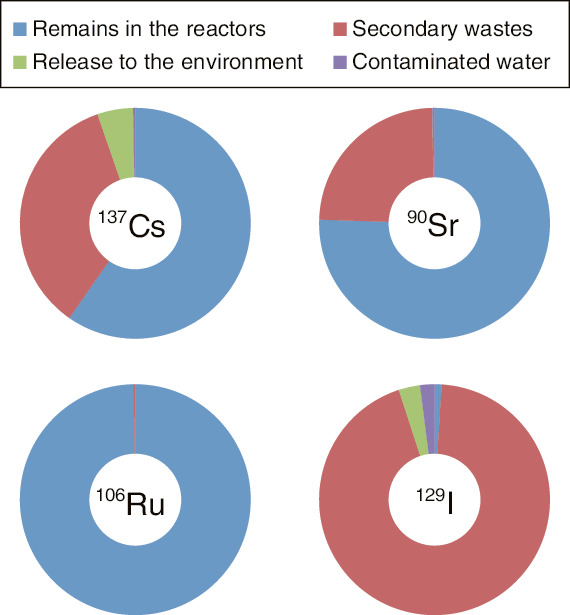
Fig.1-13 Time dependence of the radionuclide concentration in contaminated water

Fig.1-14 Estimated fractions of the inventory of 137Cs, 90Sr, 106Ru, and 129I on 13 March 2014, when water-treatment-system operation commenced
At the TEPCO’s Fukushima Daiichi NPS (1F), a water-treatment system consisting of cesium (Cs)-adsorption devices and other components is being operated to remove radionuclides from the contaminated water. Some secondary wastes, such as sludge and spent adsorbents, are generated from water treatment. These wastes have never been generated in normal operation of the NPS; therefore, investigating new methodologies for their storage, processing, and disposal is necessary. To establish such methodologies, waste composition and radioactive inventory are essential information.
The cooling water for the damaged fuels in 1F1, 1F2, and 1F3 is routed from the reactor buildings by way of turbine buildings to the Centralized Radiation Waste Treatment Facility, and fed to the water-treatment system. The radionuclide concentration in this contaminated water, as fed to Cs-adsorption devices, is useful for estimating the total amount of radioactivity in the waste from the water-treatment system.
134Cs and 137Cs concentrations in the contaminated water are so high that it is rather easy to estimate the 134Cs and 137Cs inventories. On the contrary, few data are available for the other radionuclides due to low concentrations of radioactivity or a lot of time and effort being necessary for analysis. A calculation model has therefore been developed to estimate the concentrations of various nuclides in the contaminated water.
Since the 137Cs concentration initially decreased at a constant rate with this decrease slowing after the middle of 2012, the calculation model assumes two source terms for radionuclides; the initial release and the continuous release of radioactivity to the cooling water. The concentrations of some nuclides including 90Sr, 106Ru, and 129I were calculated by an equation derived from fitting with the analytical data (Fig.1-13).
Differences in radionuclide behavior were observed; for example, the initial concentration of 90Sr was lower than that of 137Cs, although the concentrations of both nuclides became gradually closer owing to similar continuous release rates. The 106Ru concentration remained at a low value because both the initial concentration and continuous release of 106Ru are relatively low.
The radionuclide inventories in the secondary wastes from the water-treatment system and the inventories of remains in the reactors were estimated with the calculated concentrations (Fig.1-14). The fractions of 137Cs and 129I, which are volatile and water-soluble, were indicated to be greater in the secondary wastes. Conversely, insoluble elements like Ru were suggested to mostly remain in the reactors.